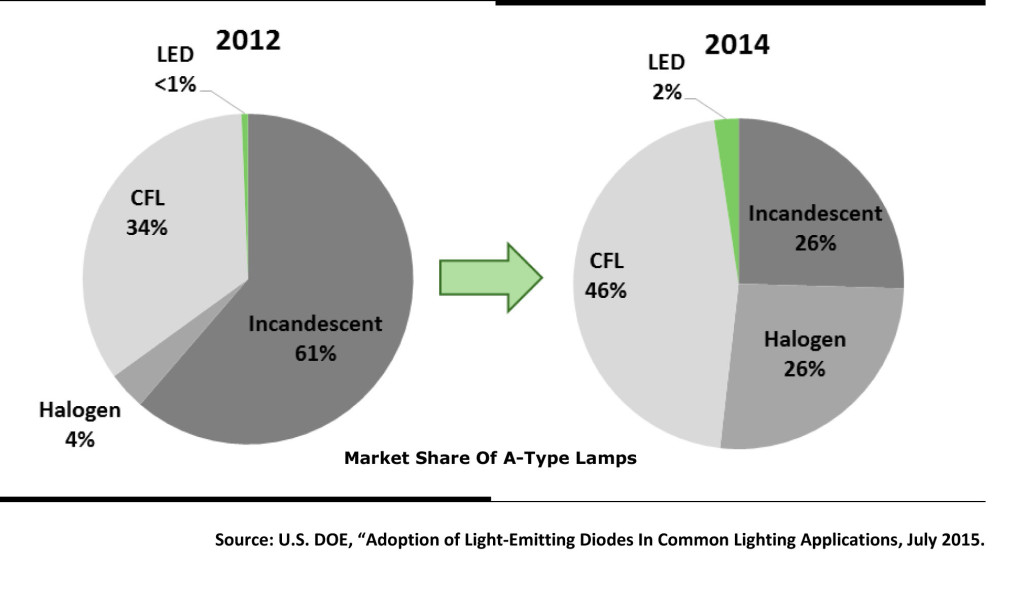It’s pie-in-the-sky by design, but a new report from DOE’s National Renewable Energy Laboratory on the technical potential of rooftop solar in the U.S. is eye-opening nonetheless. All told, NREL said, some 1,118 gigawatts (GW) of capacity could be installed if all the “suitable” rooftops in the U.S. were covered with PV panels, generating upward of 1,432 terawatt-hours (TWh) of electricity annually—roughly 39 percent of total annual electric sales.
NREL is quick to point out that the study, Rooftop Solar Photovoltaic Potential In The United States (which can be found here), did not look at economics. As such, the study represents “an upper bound on potential deployment rather than a prediction of actual deployment.” But even on this basis, the study found that solar’s potential has expanded significantly in the past decade: A similar study on solar PV’s technical potential that NREL completed in 2008 estimated that 664 GW of rooftop capacity could be installed, generating roughly 880 TWh of electricity annually. The difference between the two estimates, NREL wrote, “can be attributed to increases in module power density, improved estimation of building suitability, higher estimates of the total number of buildings, and improvements in PV performance simulation tools that previously tended to underestimate production.”
Taking that statement at face value, it is almost certain that PV’s technical potential is going to continue rising in the years to come. In particular, NREL noted that its analysis is based on an assumed module efficiency of 16 percent; a figure it used to better represent a mixture of installed systems, not just premium PV panels. If the analysis had assumed a module efficiency of 20 percent, which is where premium systems are today, “each of the technical potential estimates would increase by about 25 percent above the values stated in this report,” NREL wrote.
Continue reading New NREL Study:
Prodigious Potential
For Rooftop PV In U.S.
 Follow
Follow